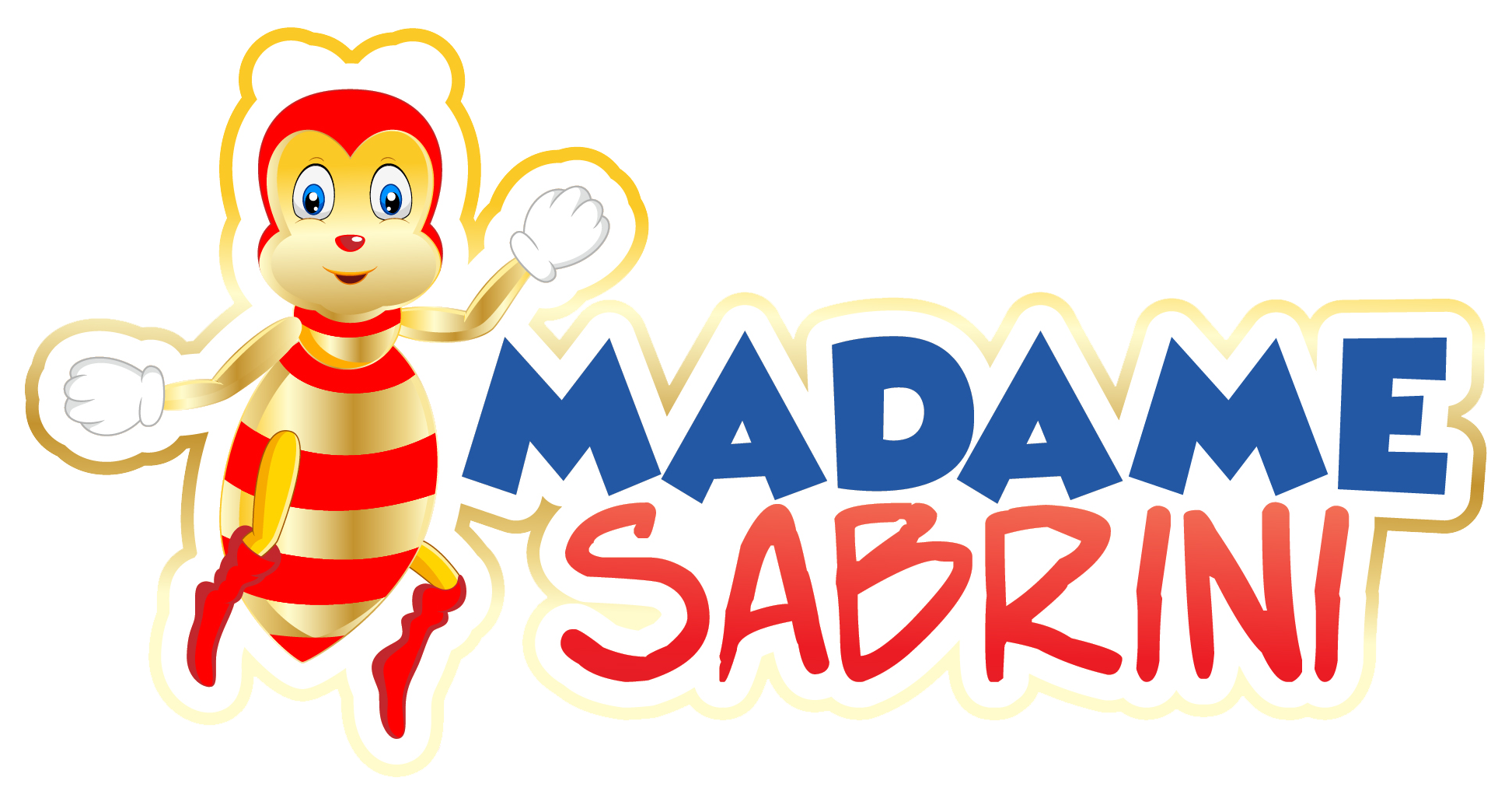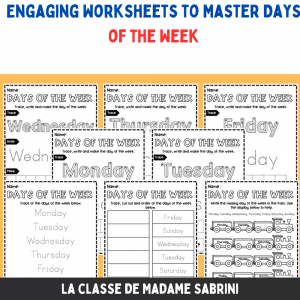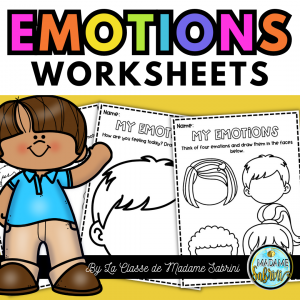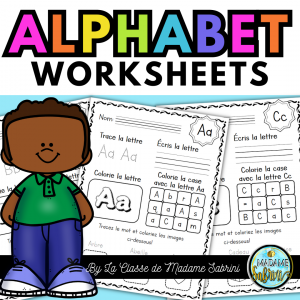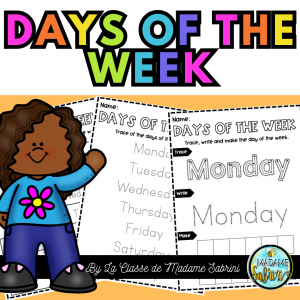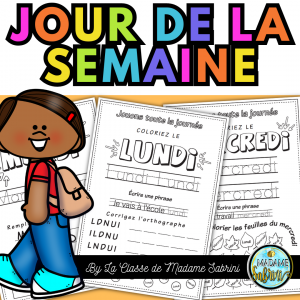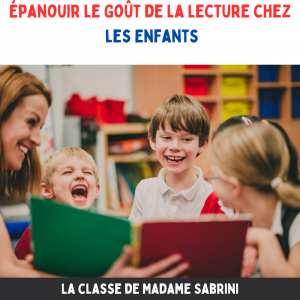
Literacy
Ensuring that your kindergartener has a strong literacy foundation is one of the most important steps you can take as a parent. Literacy is the ability to read and write, and it is essential for success in school and beyond. Creating a strong literacy foundation in kindergarten will give your child the skills they need to excel in their learning journey. Here are some tips on how to create a strong literacy foundation for your kindergartener.
Hot in the Shop

ALL WE'RE MISSING IS YOU!
Join us over on instagram for even more great resources, ideas, and teaching tips for kindergarten and early elementary teachers!
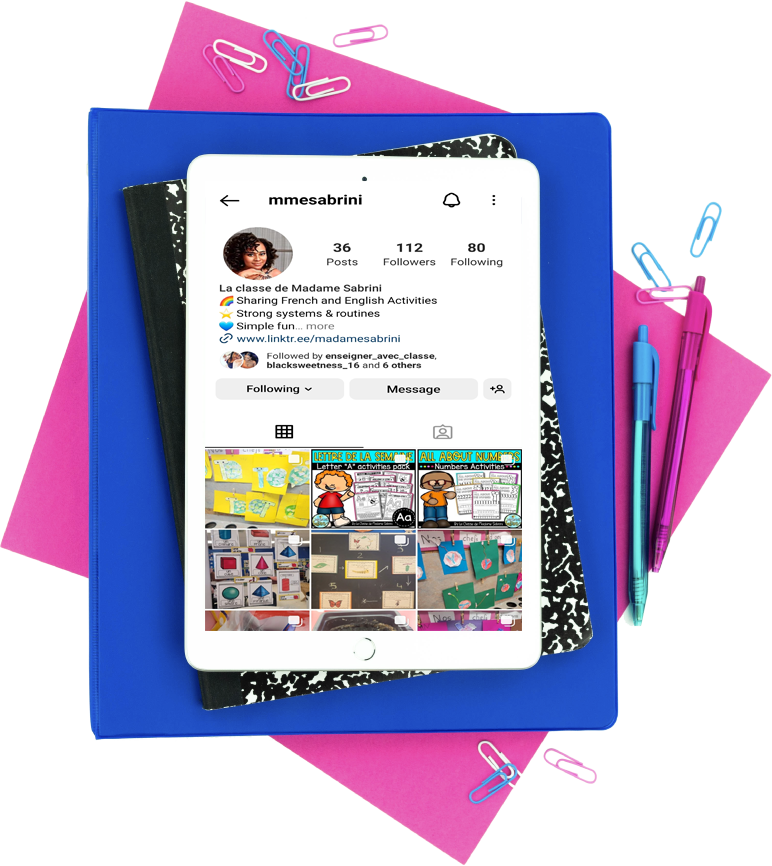
Welcome Friends!
My name is sabrini and I am the face behind La classe de madame sabrini. In my classroom, I love to make learning fun and engaging through hands-on activities and games. My goal is to help students develop a love for language and learning that will last a lifetime

